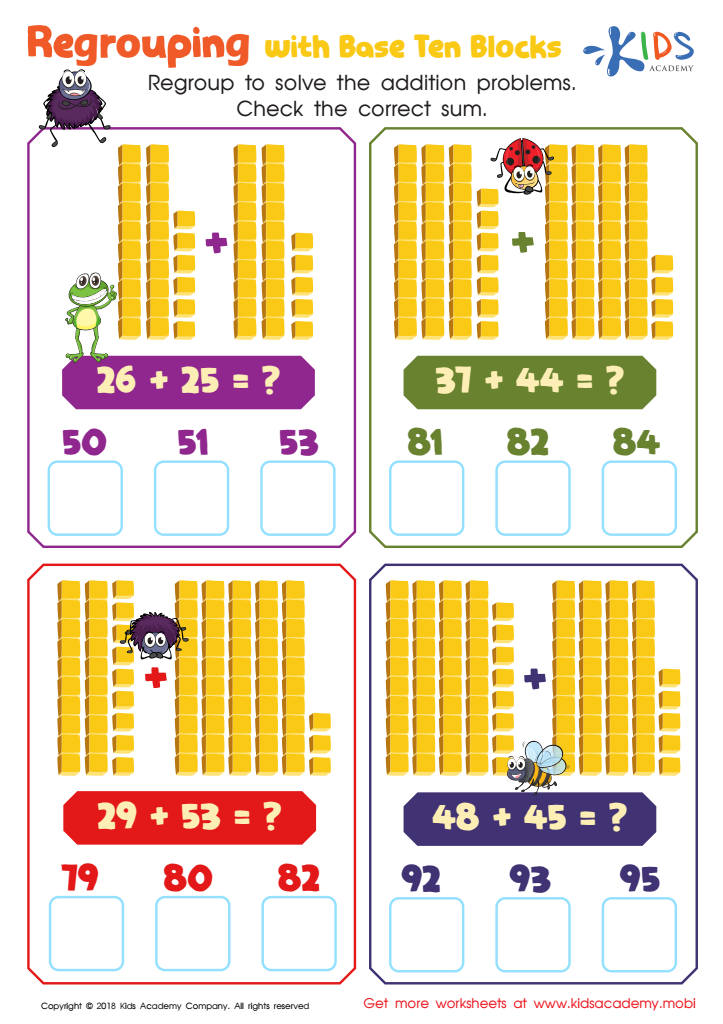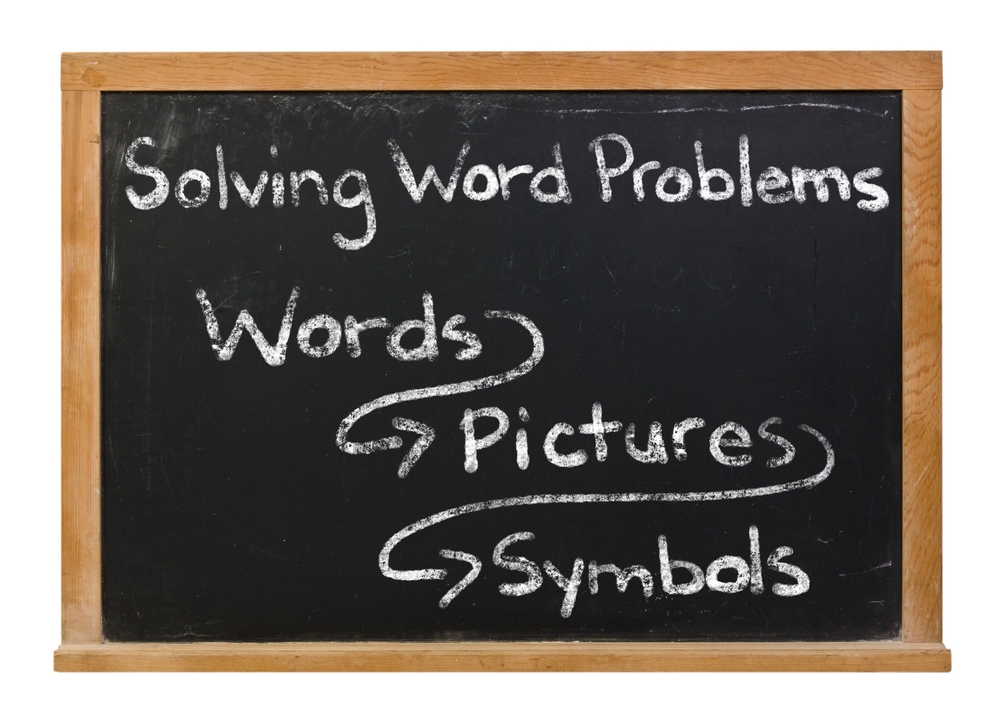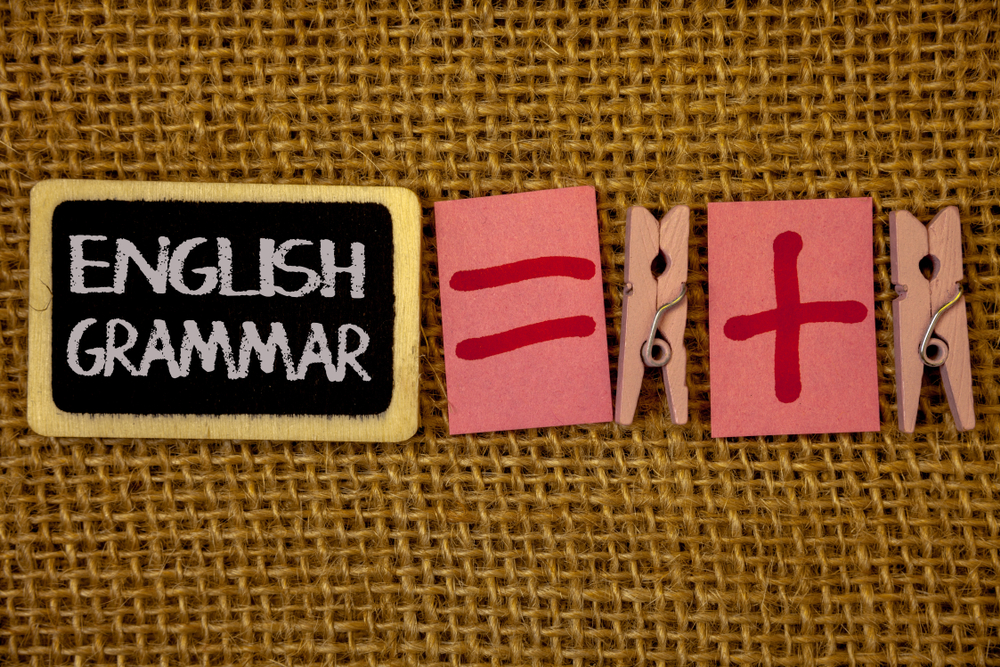Conceptualize place value Worksheets for Kids
1 filtered results
-
From - To


Regrouping With Base Ten Blocks Worksheet
Question/Answer
How to test a Grade 1 student’s Conceptualize place value skills?
To test a Grade 1 student's conceptual understanding of place value, use manipulatives like base-ten blocks or place value charts. Ask them to represent numbers in different ways (e.g., showing 23 as 2 tens and 3 ones), compare two numbers to determine which is greater, and identify the value of digits in numbers (e.g., the value of 5 in 45).
What does the Conceptualize place value skill mean when it comes to Grade 1 Addition & Subtraction learning?
The Conceptualize place value skill in Grade 1 Addition & Subtraction learning involves understanding that numbers are composed of digits, each occupying a specific place value (e.g., ones, tens) and representing different quantities. This foundational concept helps students grasp how to add and subtract numbers by recognizing and manipulating the value of digits based on their position.
Why is the Conceptualize place value skill important for Grade 1 students?
The Conceptualize place value skill is crucial for Grade 1 students as it forms the foundation for understanding numbers and mathematics. It helps them grasp how numbers are organized and operate, facilitating skills in counting, comparing, and performing basic arithmetic. This understanding is essential for their future mathematical learning and problem-solving capabilities.
 Assign to the classroom
Assign to the classroom











